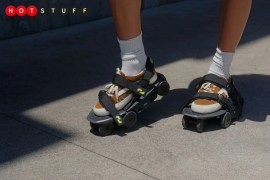Leading the charge – how step charging shoes and spray-on batteries will change the way we power up
Power cables? Where we're going we don't need power cables. The future of mobile power is in your shoe. Or in a can

Charging your gadgets overnight will soon be a thing of the past. If your current mobile battery life were the equivalent of holding your breath to go underwater, the barrage of kit on its way is like a full deep sea diving rig.
Ray cans
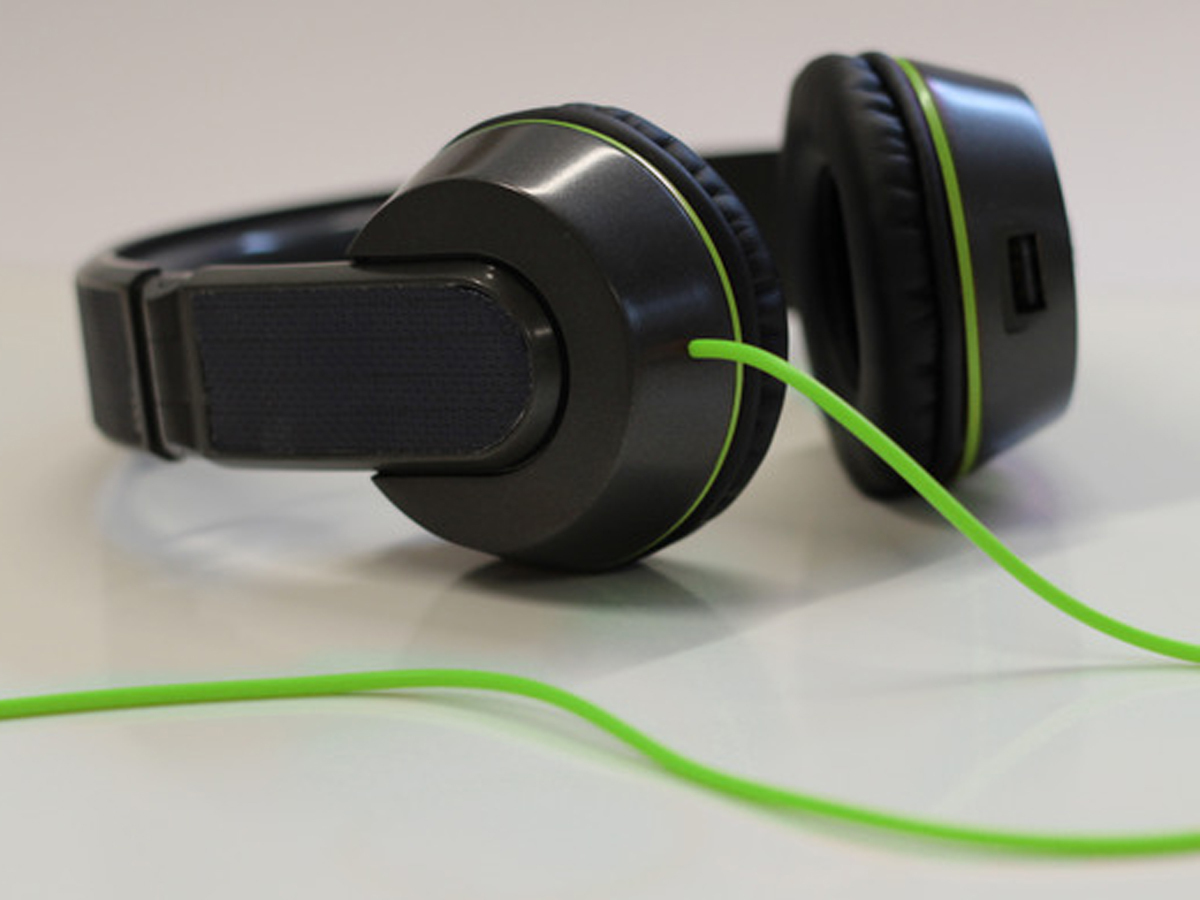
OnBeat is set to deliver solar powered headphones that’ll charge your iPhone as you listen. The sun-loving headphones hail from not-so-sunny Glasgow, so there’s also the option to charge them the old-fashioned way, and pass that juice on to your iPhone when it starts to peter out. The Kickstarter project was set up after its founders “searched the all over the internet and were surprised to find nothing exists.” Andy Anderson and his crew are hoping to ship the OnBeats in daylight-starved February in black/orange or Kickstarter-only green. They’re £70 to pre-order.
Shoe juice
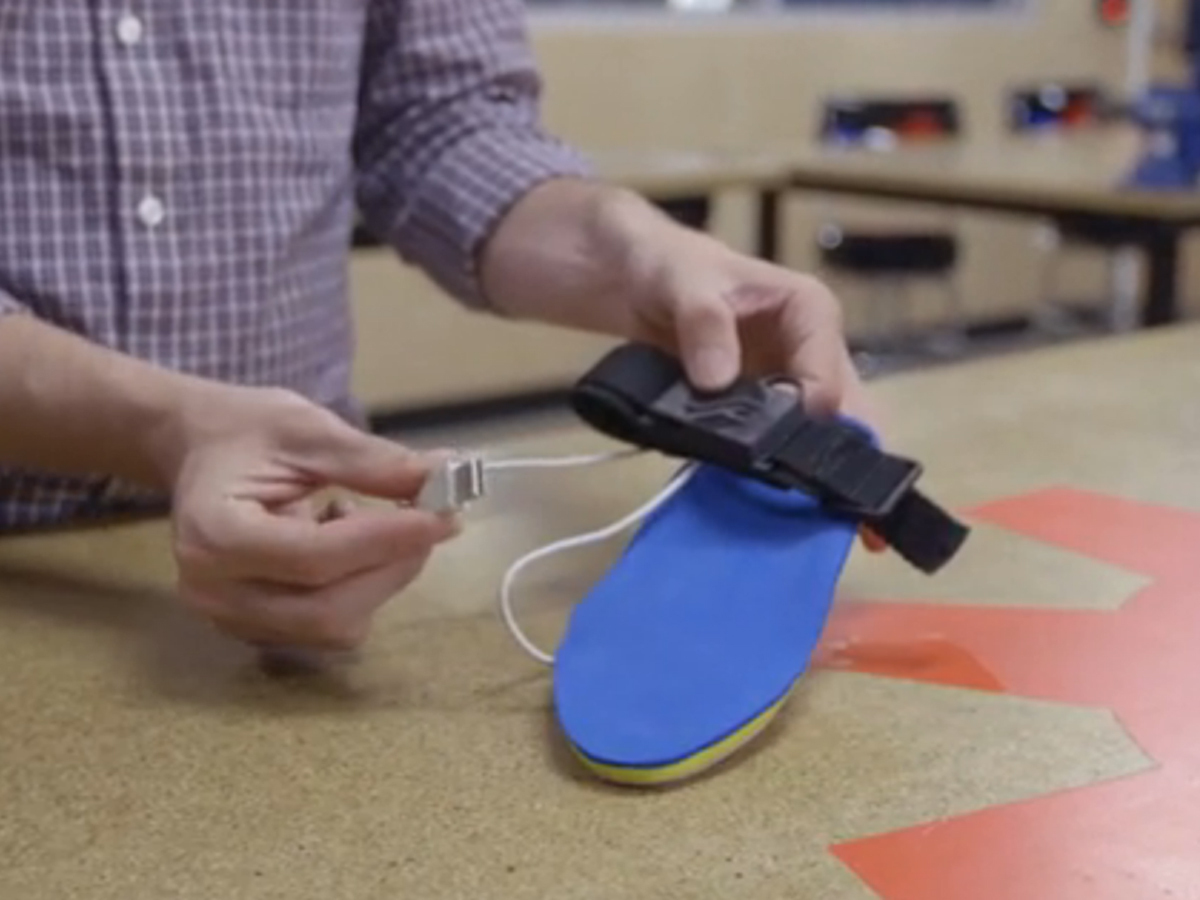
Slip this insole into your shoe and its removable battery will give you an entire iPhone charge from just over two miles of walking. Using mechanical linkages and generators the insole will effectively be like a scaled-down hand crank charging a battery that straps to your ankle or shoe. Plug that into your device and, once you’ve put in two and a half miles of walking (the daily average), you can enjoy your not-so-hard-earned free power. Despite the tech not being available until December 2014 the early bird Kickstarter deals are gone, with prices now starting at US$100 (£65).
Small to the wall
The world’s smallest battery-come-wall charger packs enough juice for two full iPhone charges. But the clever bit is its ability to charge itself while juicing up your phone from the socket – meaning you don’t need to remember to keep it topped up. International adapters are available and the 3000mAh juice buddy itself will set you back US$50 (£34) on Kickstarter. The downside? It’s not out until October and shipping outside the US is another US$15 (£10).
Soft cell
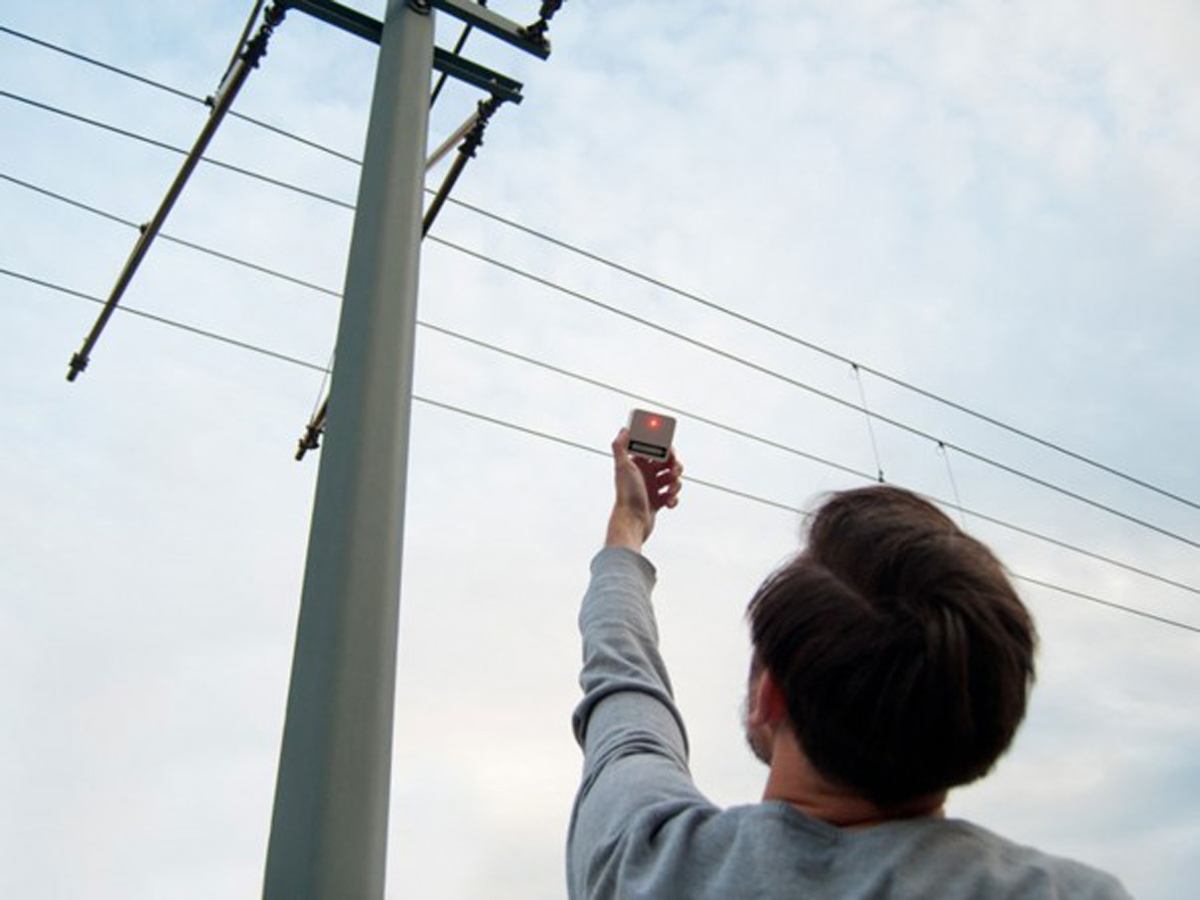
Designer Dennis Siegel‘s electromagnetic harvester (which we’ve covered before) will be able to power your devices from energy harvested from latent energy fields. Right now it takes a day to charge a single AA – but in the future this wireless charging technology has huge potential.
Rapid refreshment
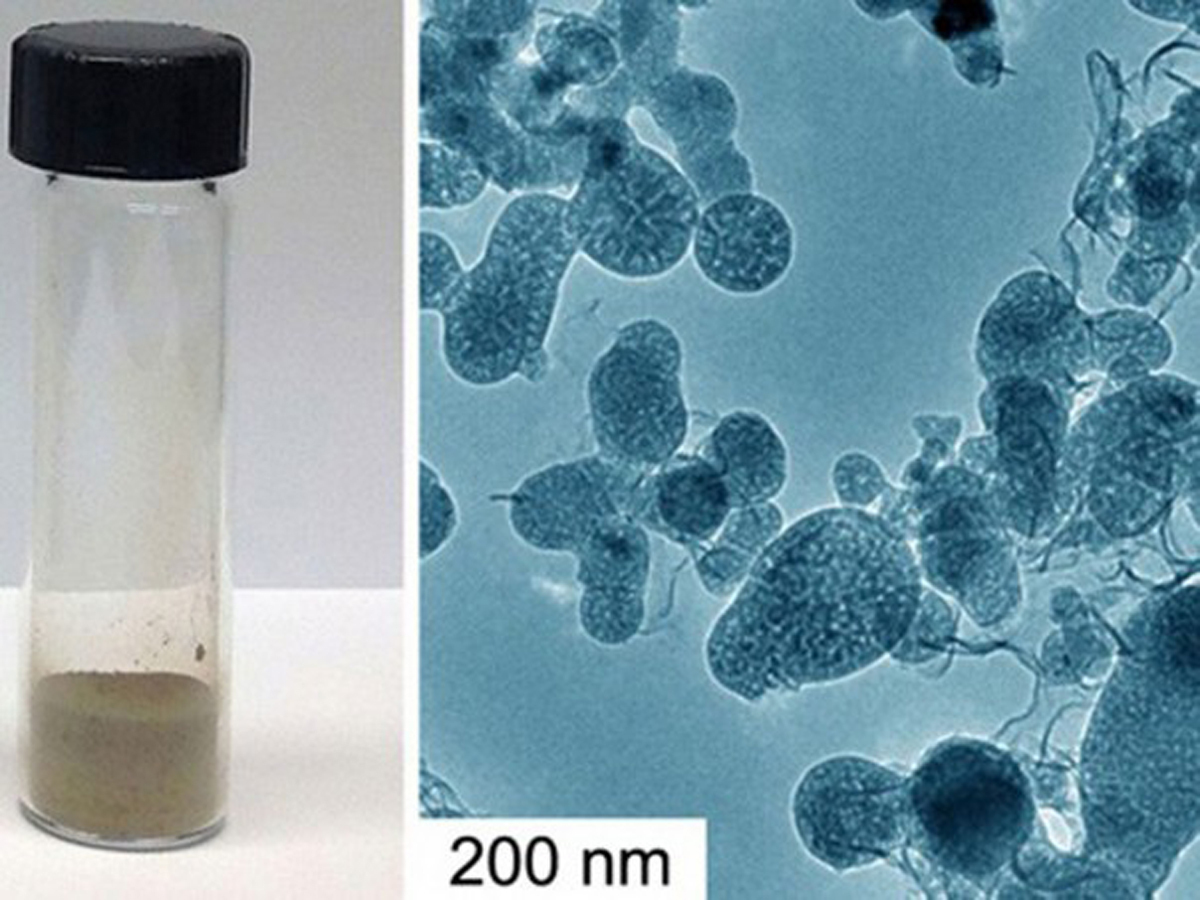
A recent battery breakthrough uses porous, flexible silicon nanowires for the anodes in a lithium-ion battery. In not-so-science-speak that means triple the battery capacity, a full charge in 10 minutes and 2000 more cycles than current batteries. Ideal for quick charging of electric cars and even your mobile – presuming it gets past the USC test phase.
Atomised energy
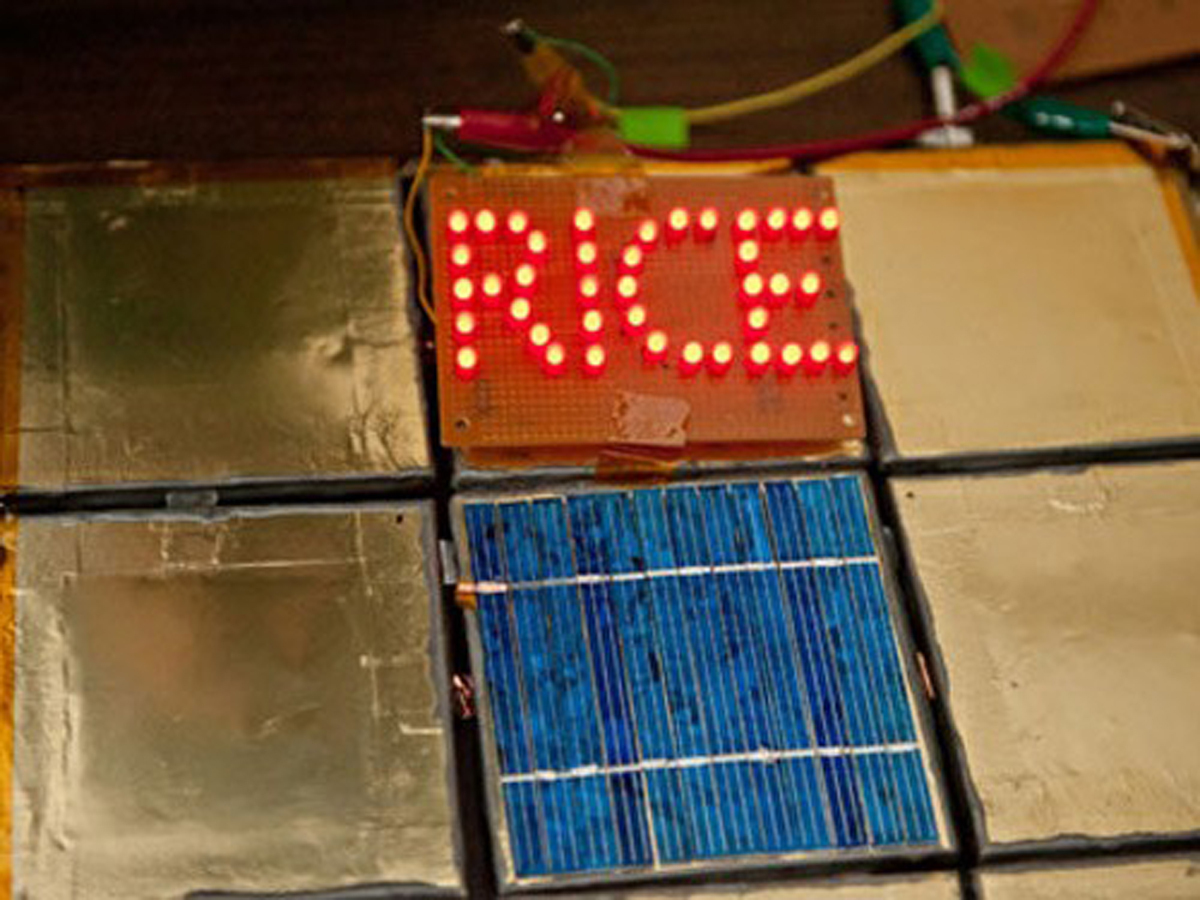
Spray on batteries, developed at Rice University could mean any surface is a potential charge station. Imagine if your mobile just needed a squirt of battery dust to keep going, or your TV could be wall mounted without a wire in sight. You could even spray your entire house to make it a giant battery for all your kit – taking off-the-grid to another level. [Source: Engadget]
The power of print
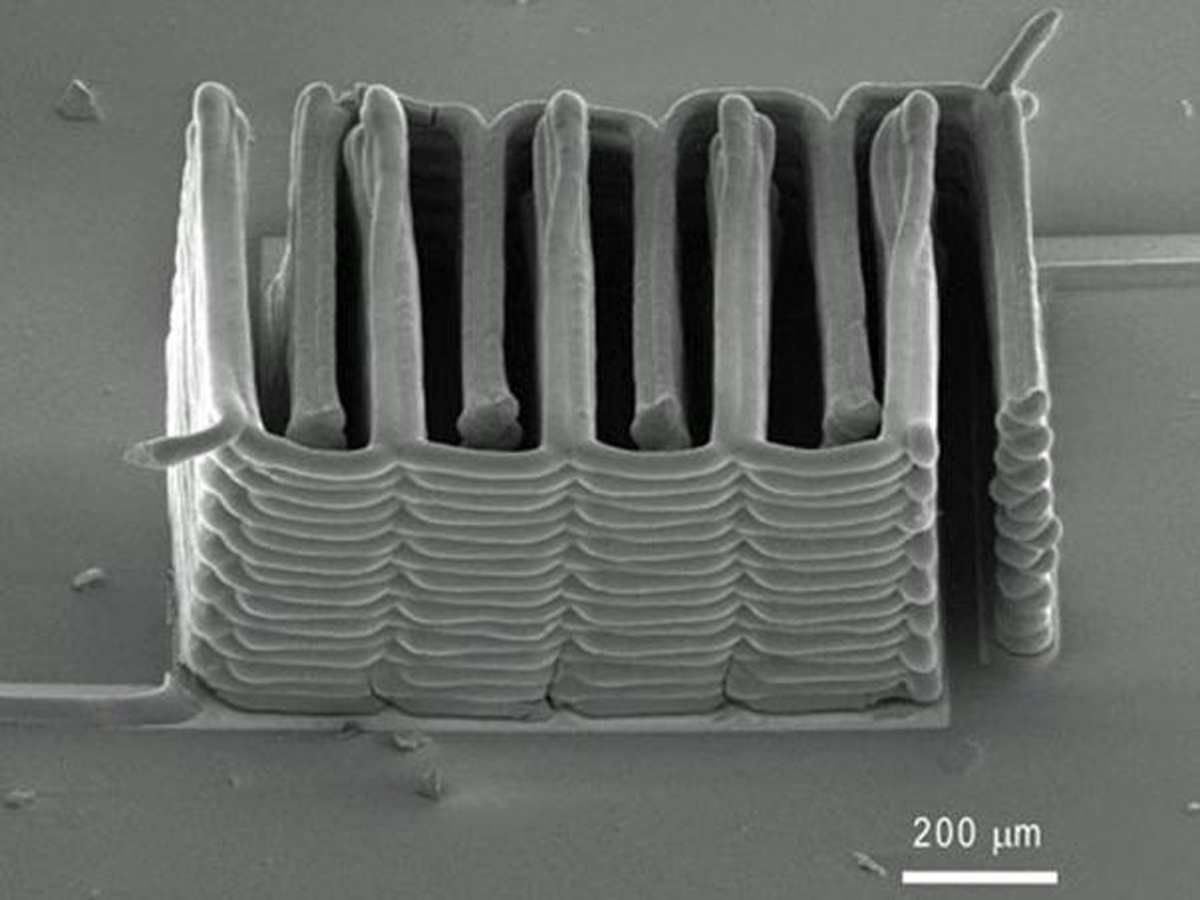
Once again 3D printing is pushing innovation – this time by making really, really small batteries. University bods have managed to print a battery from nanoparticle-filled paste. That means it could fit into the seams of clothes, make Google Glass look like normal glasses, or even be implanted in your body – all without being visible to the human eye. [Source: GigaOM]



